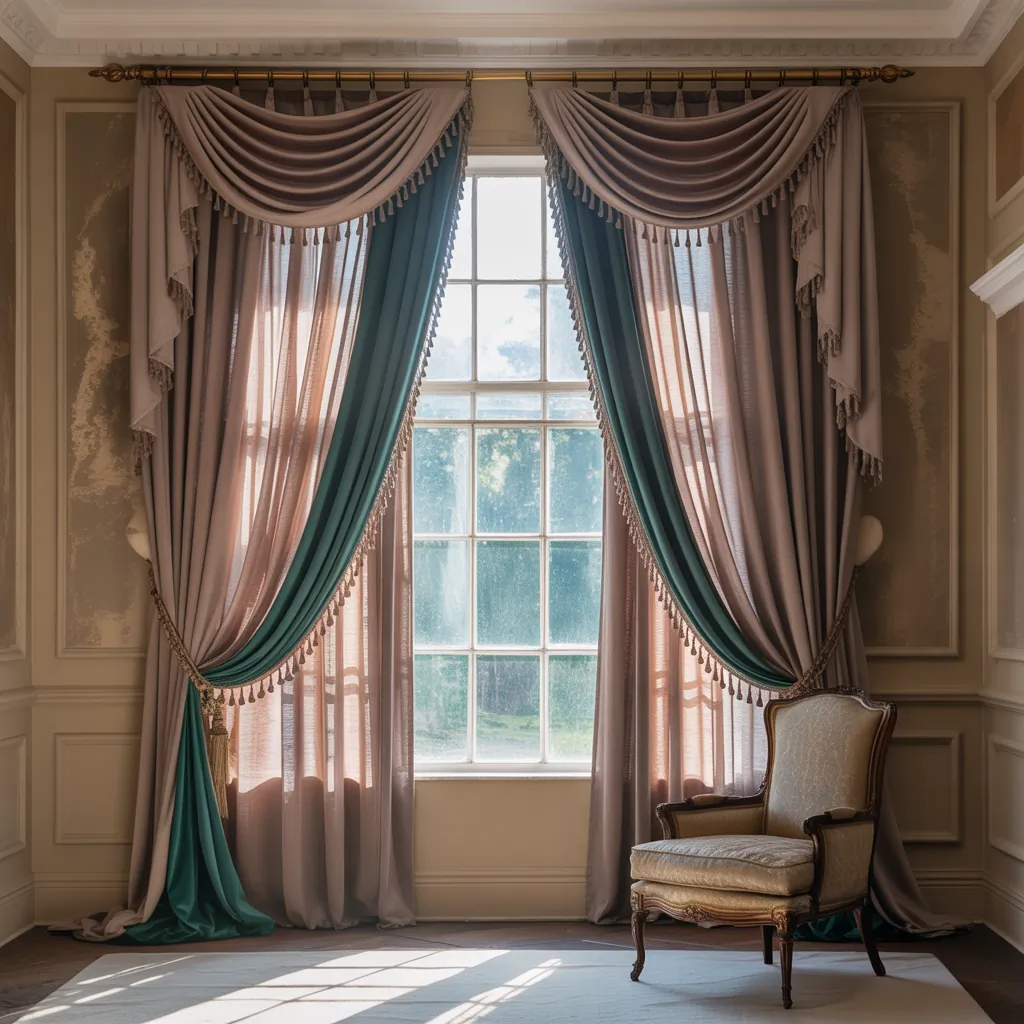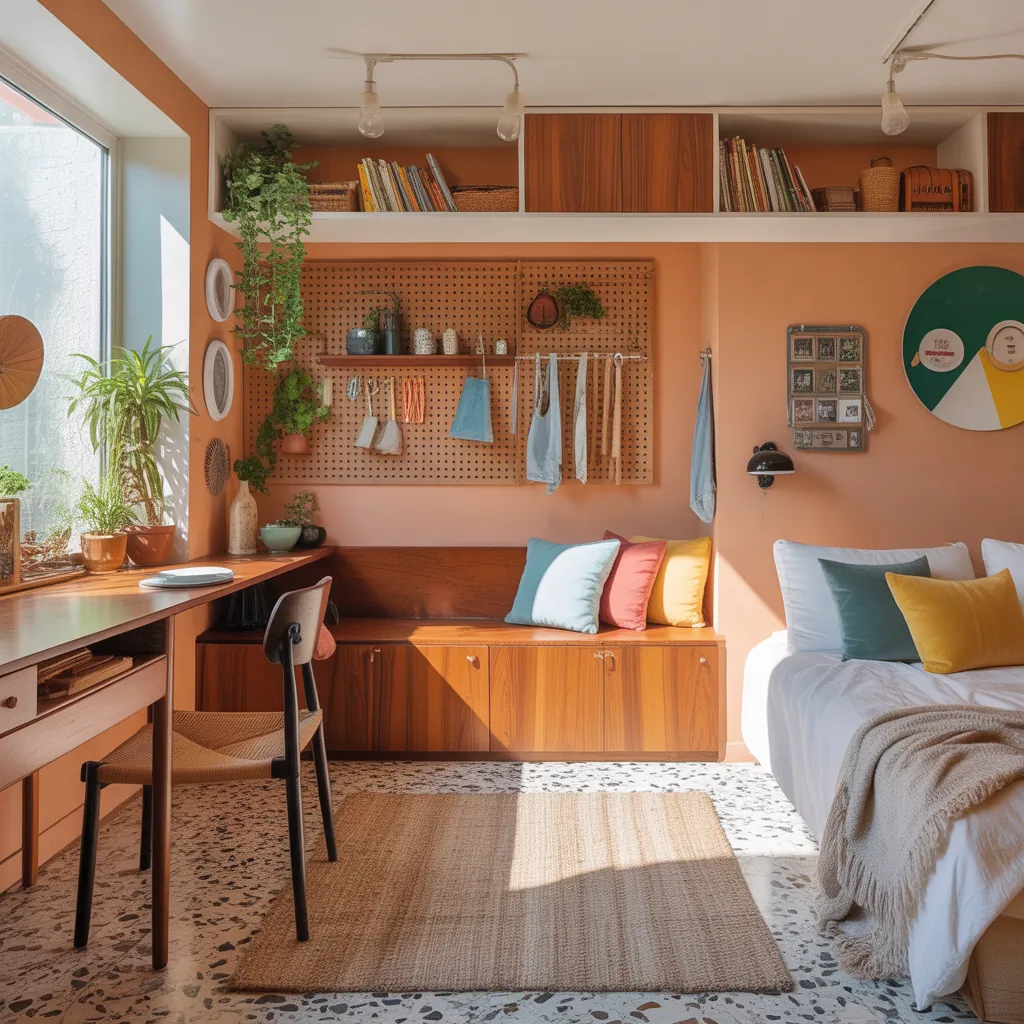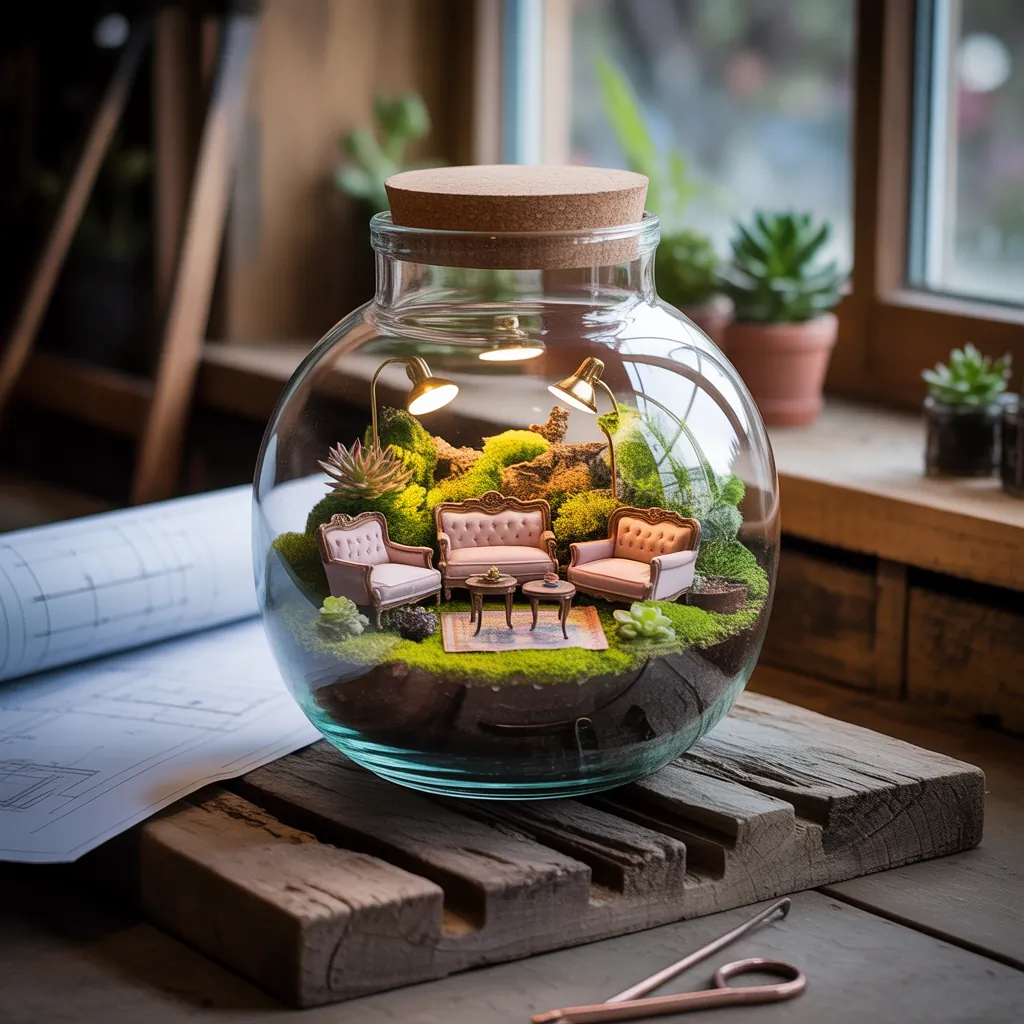Have you ever stood in front of a soaring wall of glass wondering how to dress it without losing the light—or your budget? Big windows are one of the best features in a home, but they bring design and functional challenges: scale, privacy, insulation, and movement. If you’re searching for ideas for large window curtains that look polished and perform well, this guide walks through practical options, DIY methods, and styling tips so you can tackle the project with confidence.
Why large-window treatments are different (and worth doing right)
Large windows need more than a standard curtain rod and a single panel. The scale changes everything—fabric weight, hardware strength, and how the curtains stack when open. Done right, floor-to-ceiling curtains or layered treatments can make rooms feel taller, improve energy efficiency, and create a luxury hotel-like vibe. Done poorly, they look flimsy or clumsy.
Creative ideas for large window curtains
Here are practical, on-trend finishing ideas you can apply to big windows in living rooms, bedrooms, or open-plan spaces.
1. Floor-to-ceiling panels on a continuous track
- Why it works: Ceiling-mounted tracks create a seamless vertical line that visually raises the ceiling.
- Tip: Use ripple-fold or wave curtains for smooth movement—ideal for wide expanses of glass.
2. Layered sheers and heavy drapes
- Why it works: Sheers let light in during the day; heavier drapes add privacy and insulation at night.
- Tip: Install a double rod or dual track to keep layers independent and easy to open.
3. Wide panels sewn together for a continuous look
- Why it works: Sewing multiple panels into wider widths eliminates gaps and reduces seams.
- DIY idea: Use matching fabric or contrasting panels for a stripe effect—sew with reinforced seams and add penny or chain weights to the hem for a tailored hang.
4. Heavy velvet or thermal-lined drapes for insulation
- Why it works: Thick fabrics block drafts and sun, lowering heating-cooling costs.
- Tip: Add a blackout lining to improve insulation and reduce light bleed for bedrooms or media rooms.
5. Motorized tracks for convenience
- Why it works: For very large or high windows, motorized systems handle weight and make operation effortless.
- Tip: Choose quiet motors and position remote switches near seating or bedside tables.
How to choose fabric, color, and pattern
For large-scale windows, scale and texture matter more than intricate patterns—bold, vertical stripes or large-scale geometric prints can read nicely from a distance. Neutral linens and textured blends are forgiving and timeless. Consider:
- Light-filtering vs. blackout: balance light with function.
- Texture: heavier fabrics like velvet and chenille drape beautifully; linen blends give an airy, tailored look.
- Color: hang samples near the window and watch at different times of day to see how they shift.
Measuring and hardware tips (don’t skip this)
- Measure width: Add 20–40% fullness—multiply the window width by 1.2–1.4 for gathering that looks rich without bulk.
- Mount high: Install the rod or track 4–8 inches above the window frame (or to the ceiling) to make the window feel taller.
- Allow stacking space: Ensure enough rod length beyond each side so curtains stack without blocking the glass—typically 12–18 inches per side.
- Use proper supports: For long runs, add center brackets or support clips every 4 feet to prevent sagging.
- Anchor to studs or use heavy-duty anchors for wide/heavy curtains to avoid failure.
DIY step-by-step: Make no-sew floor-to-ceiling curtains from drop cloths
A budget-friendly project that looks custom: use painter’s drop cloths (pre-washed) as curtain fabric.
- Purchase drop cloths sized to reach floor-to-ceiling with extra for hems.
- Pre-wash to soften and remove stiffness. Iron flat.
- Create a top pocket: fold 2 inches, then another 2 inches, and hot-glue or hand-stitch to form a rod pocket or attach curtain rings with clips.
- Hem the bottom or add a fabric tape hem: fold under 1–2 inches and secure with fabric glue or iron-on hem tape.
- Mount a ceiling track or high curtain rod, hang panels, and adjust pleats evenly.
Result: a luxe, airy treatment for a fraction of the cost.
Styling advice and real-world considerations
Practical touches make big curtains work in everyday life:
- Use tiebacks or magnetic holders so curtains don’t billow and let in light when open.
- Add weights or chain hems to prevent flapping in breezy rooms.
- For corner windows, consider L-shaped tracks or two overlapping panels for seamless movement.
- Remember maintenance: dark fabrics hide stains, but lighter fabrics are easier to clean in many cases—check washing instructions before buying.
Frequently Asked Questions
Q: What is the best fabric for large window curtains?
A: It depends on the goal. For insulation and light-blocking, heavyweight fabrics like velvet with a thermal or blackout lining are best. For brightness and flow, linen blends or cotton sheers are ideal. Consider durability, weight (for hardware), and room function.
Q: How do I measure curtains for a large window?
A: Measure the full width of the window plus the additional stack space you want on each side. Multiply the width by 1.2–1.4 for fullness. For length, measure from the mounting point (ceiling or top of frame) down to where you want the curtain to fall—usually 1/2 inch above the floor or puddled slightly if desired.
Q: Can I DIY blackout curtains for large windows?
A: Yes. You can attach blackout lining to existing panels using fabric adhesive or by sewing. Another option is to use blackout roller shades behind decorative curtains for a hybrid approach that keeps the aesthetic while improving performance.
Design inspiration gallery (ideas to mix and match)
- Neutral linen panels + patterned sheers for a coastal living room.
- Floor-to-ceiling velvet in jewel tones for a cozy media room.
- High-mounted white panels to visually raise low ceilings in apartments.
If you want project ideas that go beyond window treatments, check out our DIY projects page for step-by-step tutorials. For rooms adjacent to large windows like kitchens and dining areas, browse our kitchen upgrades and home design ideas for coordinating finishes and layouts.
Conclusion: Make your large windows a focal point
Choosing the right solution from these ideas for large window curtains will transform a challenging feature into a statement. Whether you opt for motorized tracks, DIY drop-cloth drapes, or layered sheers and blackout liners, thoughtful measuring, sturdy hardware, and the right fabric will make the difference. Ready to start? Pick one idea above, gather your materials, and enjoy the process of creating a custom look that suits your home.
Call to action: Try one DIY curtain idea this weekend and share your before-and-after photos to inspire others—your biggest window could be your next best project.



